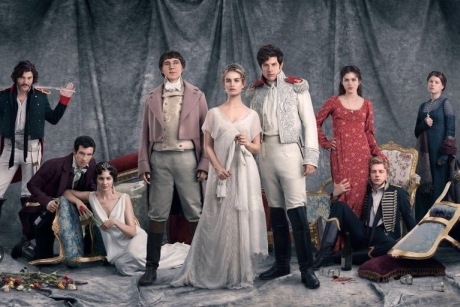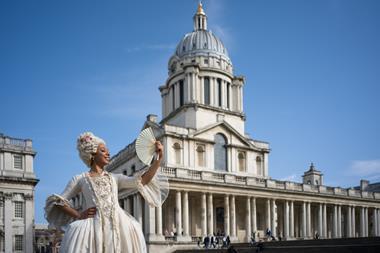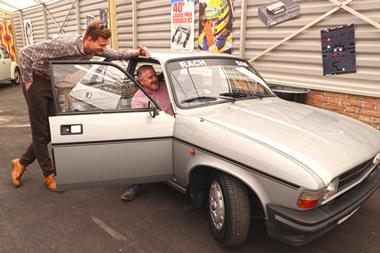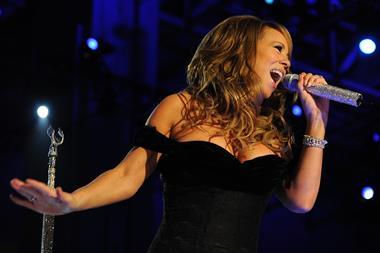Fans of the BBC’s 2016 adaptation of War and Peace can now visit many of the locations used during the filming of the series as part of self-led tours in Lithuania.

Lithuania’s State Department of Tourism has produced walking and cycling tour guides for groups travelling to Vilnius, the capital of Lithuania.
Additionally a coach tour across Lithuania can also be taken to see the sets used further afield from the capital.
The tours can be accessed online and are to be completed independently.
The BBC production, which aired earlier this year, was almost entirely filmed in the eastern European country and groups can now explore the distinct landmarks that will have been seen on their TV screens.
Walking and cycle tours
As part of the walking or cycling tours groups can visit Gediminas Tower, used in episode one of the series.
The tower is the remnant of the Upper Castle built in the 14th century by the Grand Duke Gediminas and can be recognised in the TV series as a Medieval Tower in the Alps of Austria.
The BBC also used Vilnius University in the show. The building posed as the headquarters of the Austrian Ministry of War in Brunn, Austria.
Fans may recognise it from episode two when Andrei Bolkonsky, played by James Norton, walked across the courtyard on his way to tell the Austrian Minister of War about the successful operation at Schongraben.
Meanwhile, groups can also venture to Bernardin? street, Rus? street and the Franciscan Monastery on Trak? street, which were all used during the six-part series.
Coach tours
Those visiting Lithuania by coach can expand their War and Peace tour beyond Vilnius.
Suggestions include the Pushkin Museum in Marku?iai which acted as the countryside estate of the Rostov family, and the Open-Air Museum of Lithuanian Ethnic Culture in Rumšišk?s, which was used in numerous episodes to depict rural Russia.
War and Peace
War and Peace, the classic novel by Leo Tolstoy, follows Natasha Rostov, Andrei Bolkonsky and Pierre Bezukhov as they experience life, love and loss against the backdrop of Napoleon’s war with Russia.
For more information click here.












